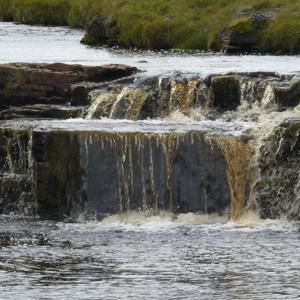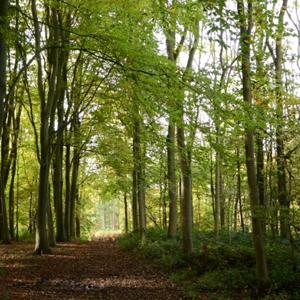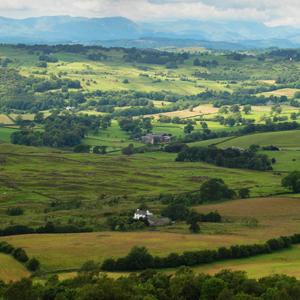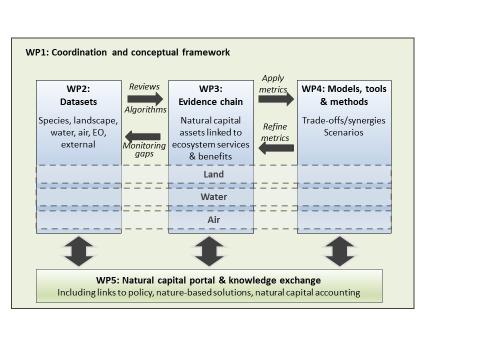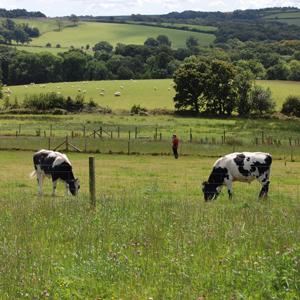
Humans are dependent on goods and services provided by the natural environment, including assets such as soils, trees, water, air and insect pollinators. We use the term 'natural capital' to recognise the importance of nature’s assets and the benefits that flow from them. In order to provide better information on natural capital to support policy and research needs, data, models and scientific knowledge need to be brought together.
The Natural Capital Metrics (NCMet) project is integrating UKCEH and external data, models and science on natural capital assets, ecosystem services and human well-being. We envisage that this science will underpin policy implementation, such as natural flood management, ecosystem accounts and the Defra 25-year plan for natural capital restoration.
